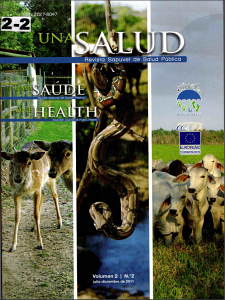Abstract
Insects are important vectors because several of its species may cause various problems; some may be vectors for disease-causing agents in humans and have a great impact on public health; among the main vector-borne diseases, it is included malaria, filariasis, yellow fever and dengue, in which, in a country development path as Colombia, the number of people affected has increased due to various factors, ranging from social and political factors to climate change and population. The classical dengue, hemorrhagic dengue and yellow fever are high-risk diseases, transmitted to humans by the mosquito Aedes aegypti, while malaria and filariasis are transmitted by the Anopheles and Culex mosquito genera, respectively. One alternative that man has been used to control these diseases, mainly in endemic areas, is the use of different types of prevention strategies, so we have created new tools such as the flipchart, which is a didactic material that can have social impact. This paper aims to show that the use of this participative tool is effective for the prevention of such diseases and in response to this problem, we took into account two different population groups in order to make a comparative analysis between them.Downloads
Download data is not yet available.



